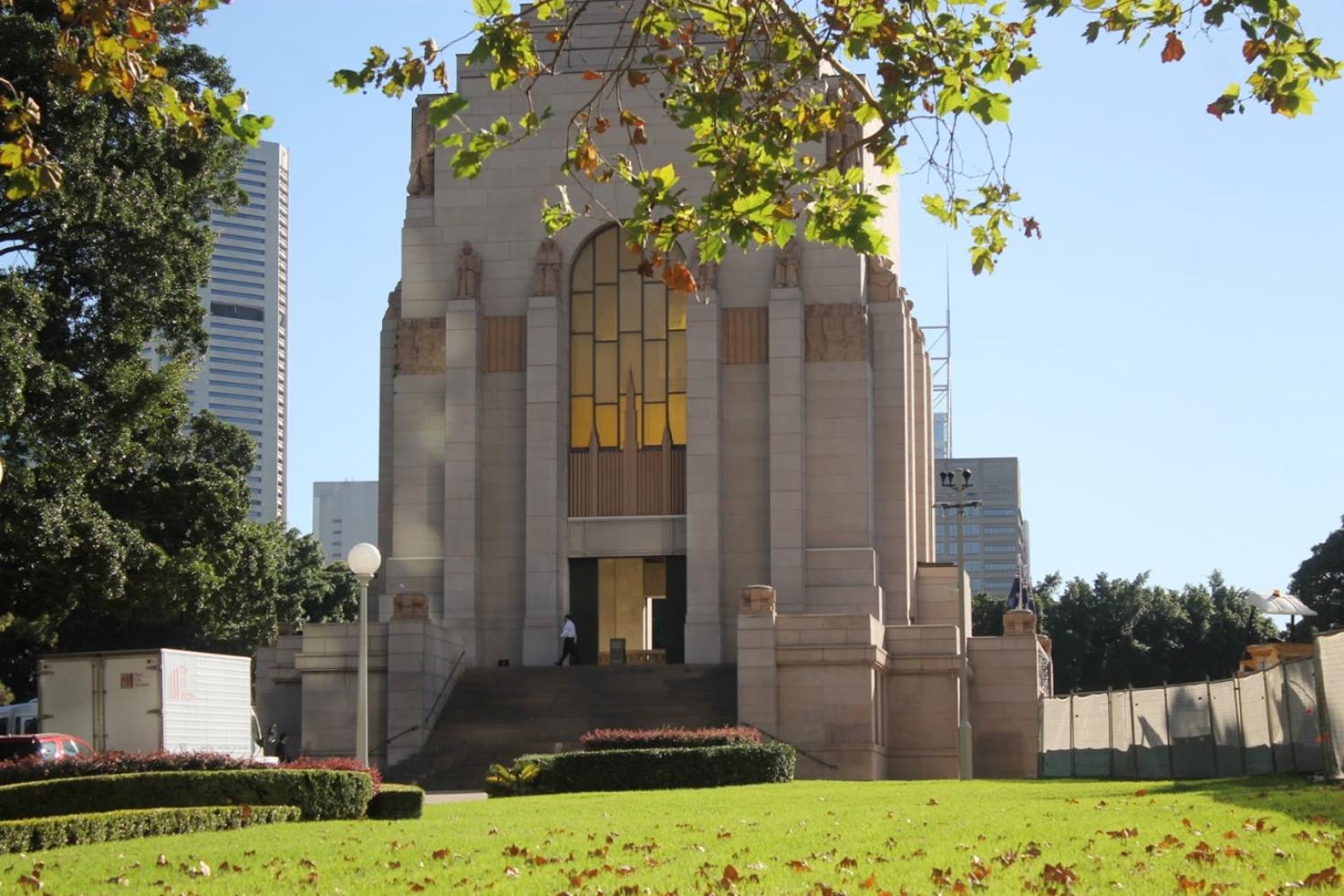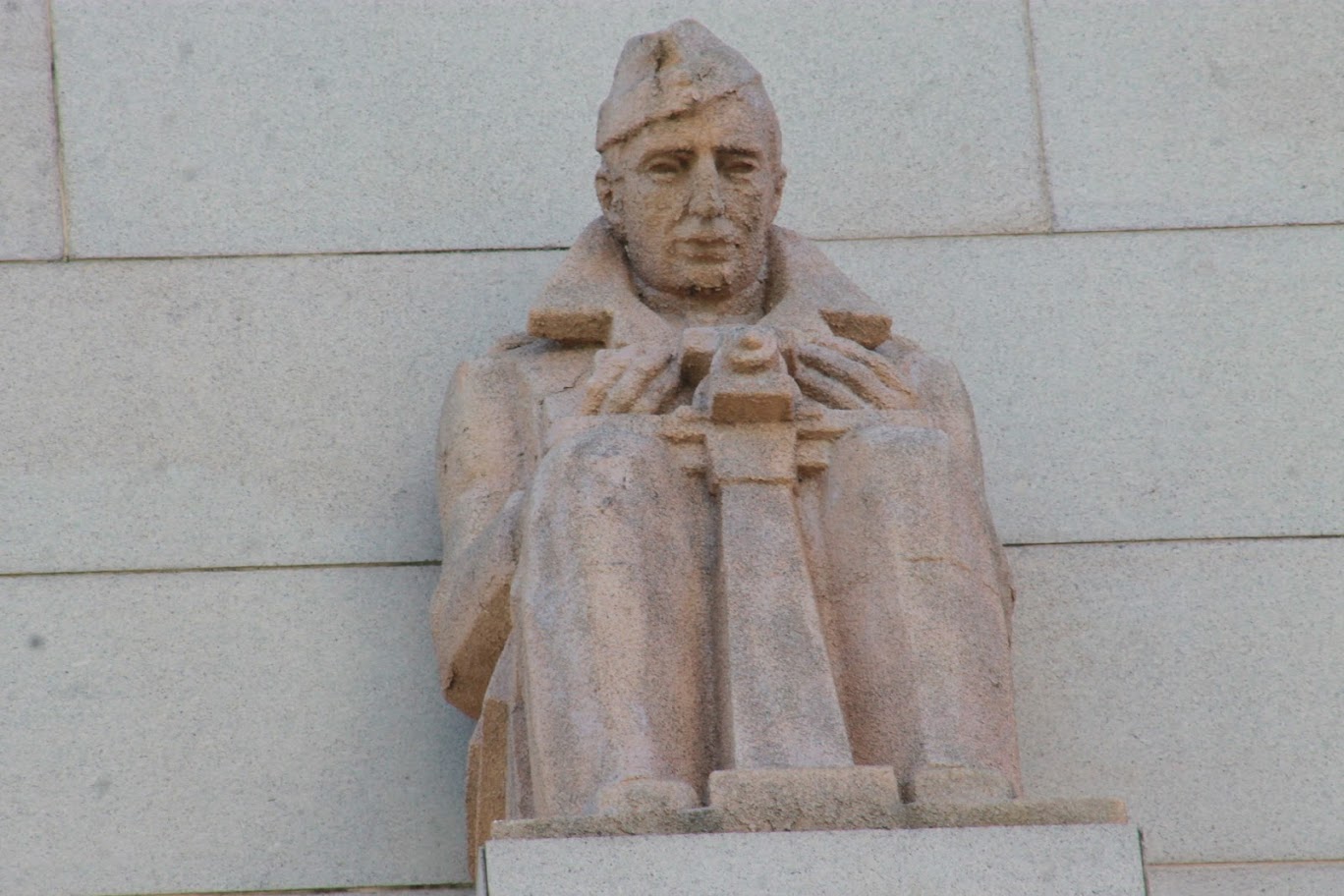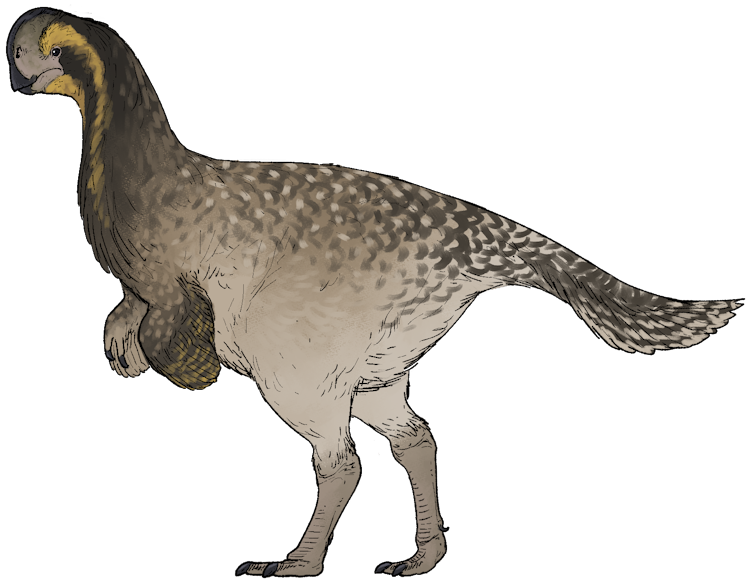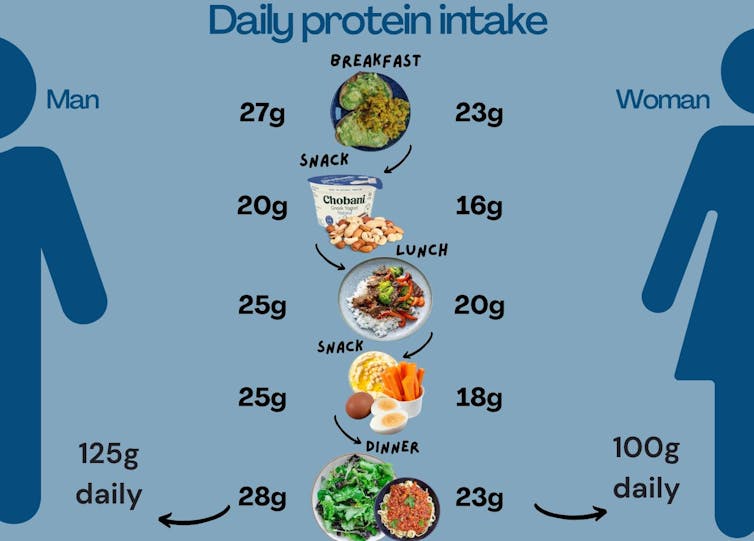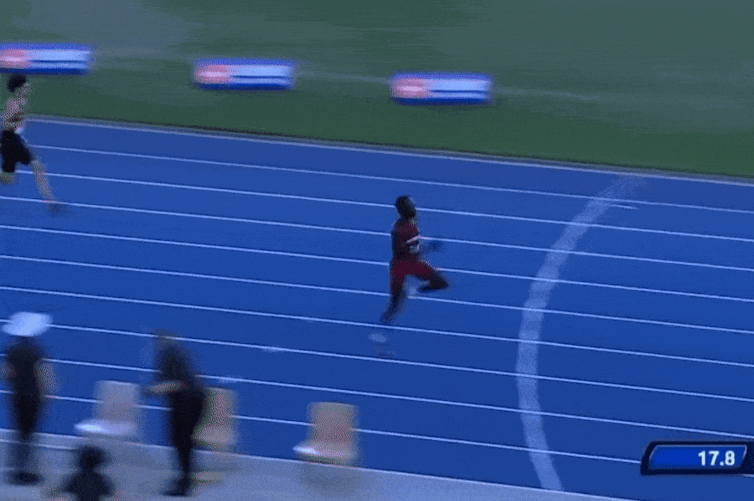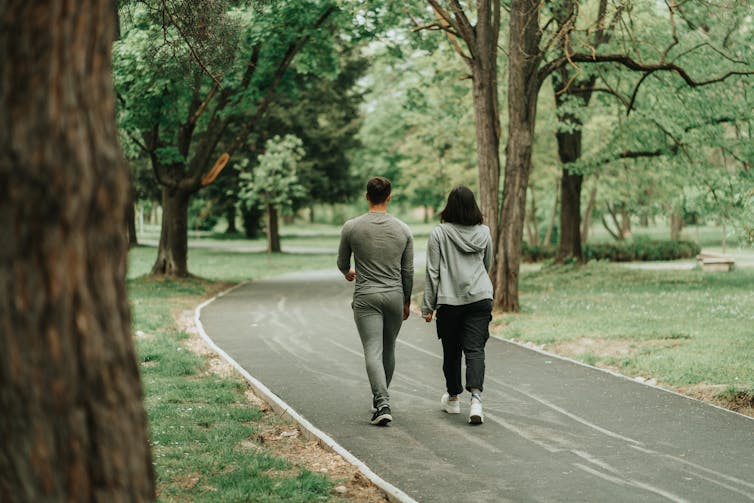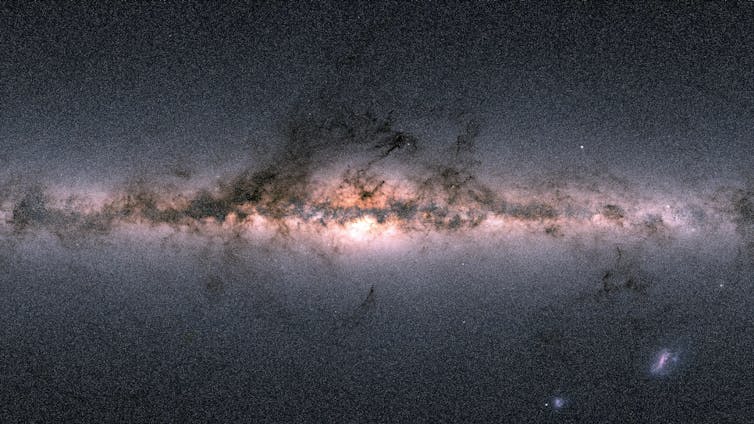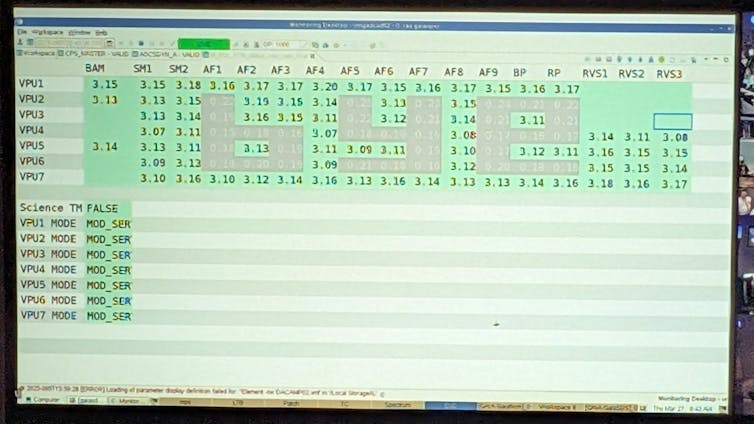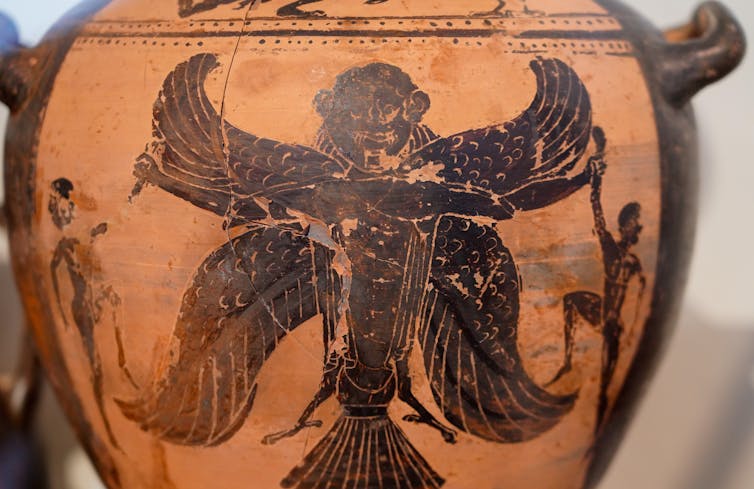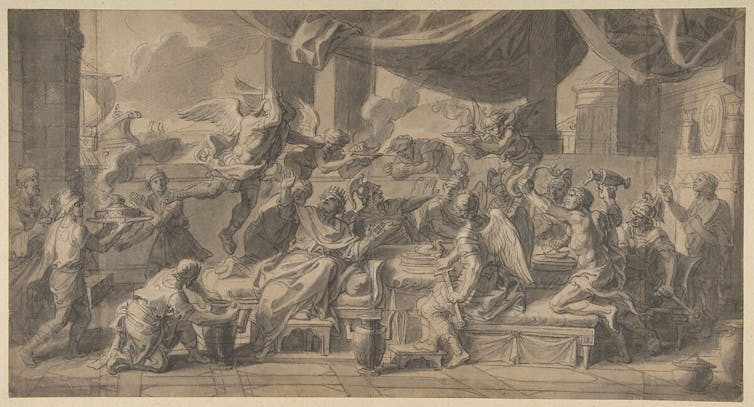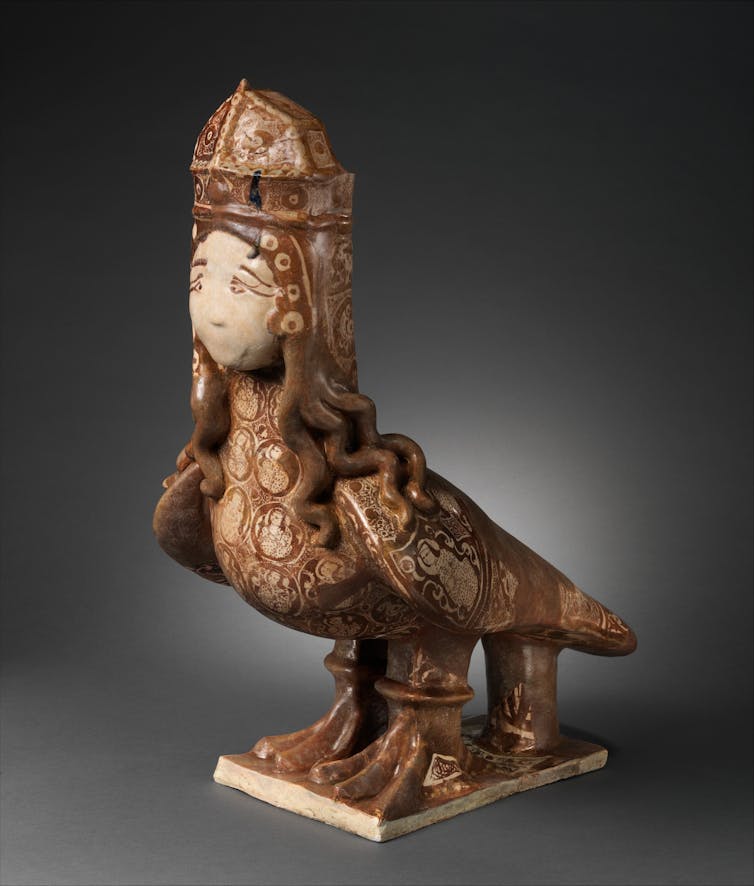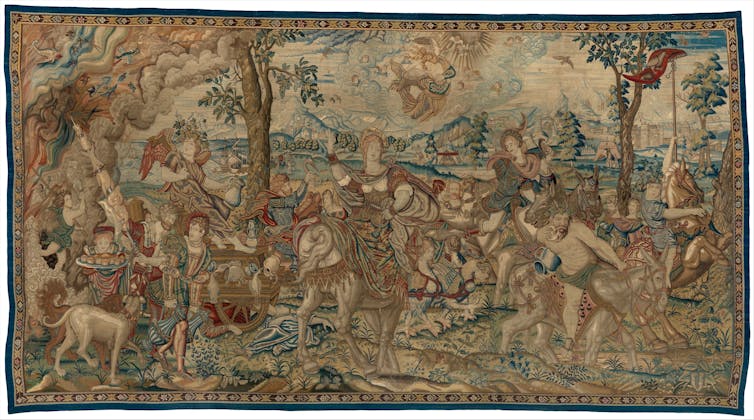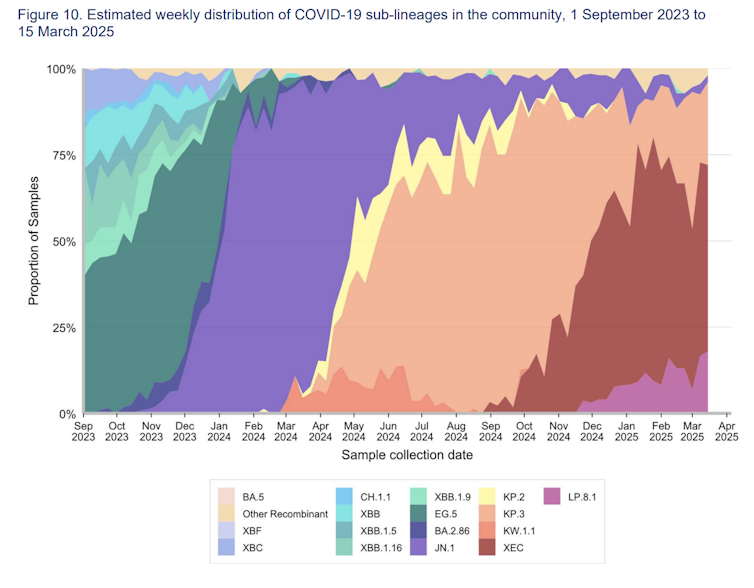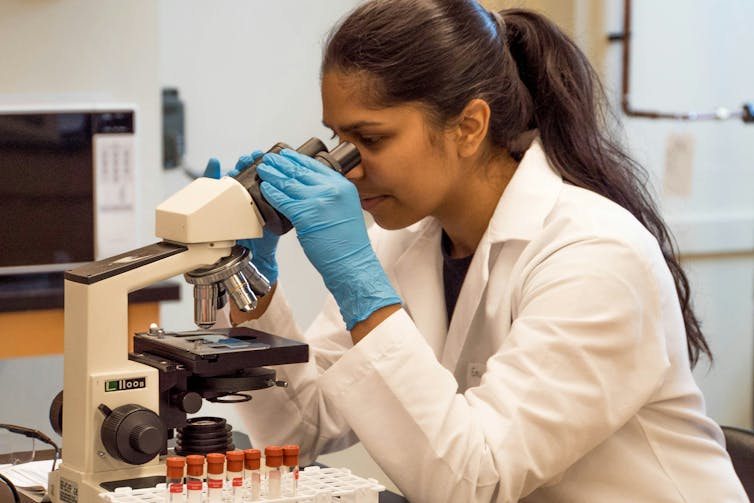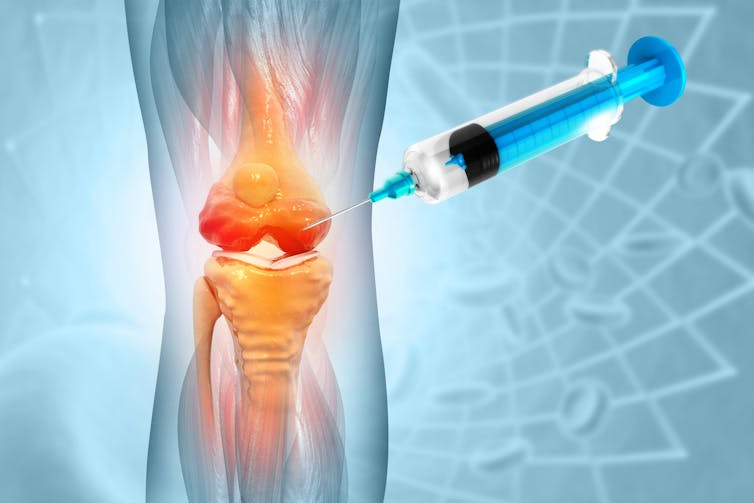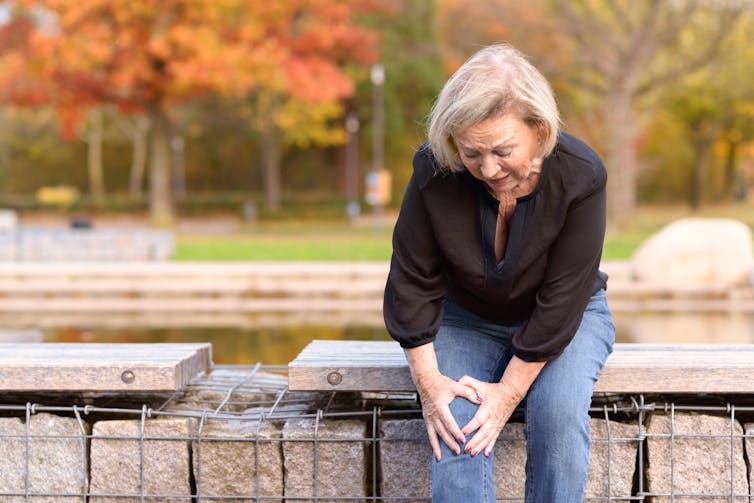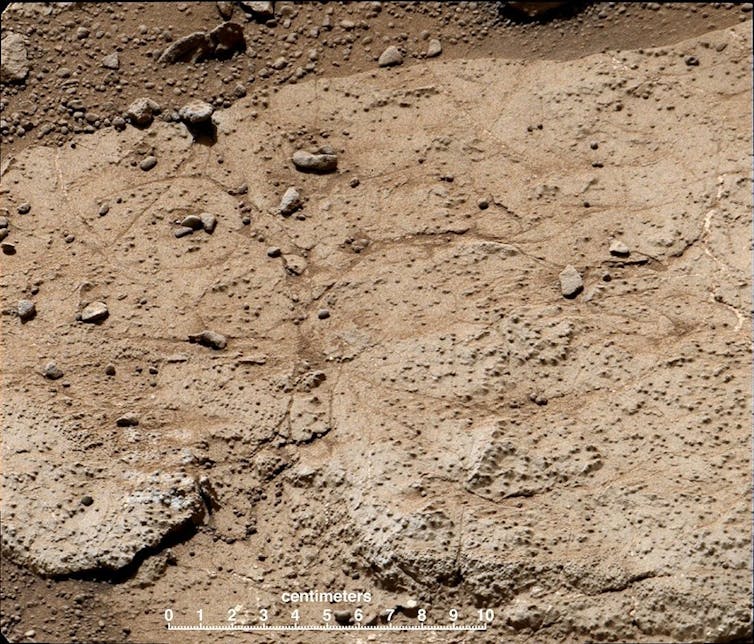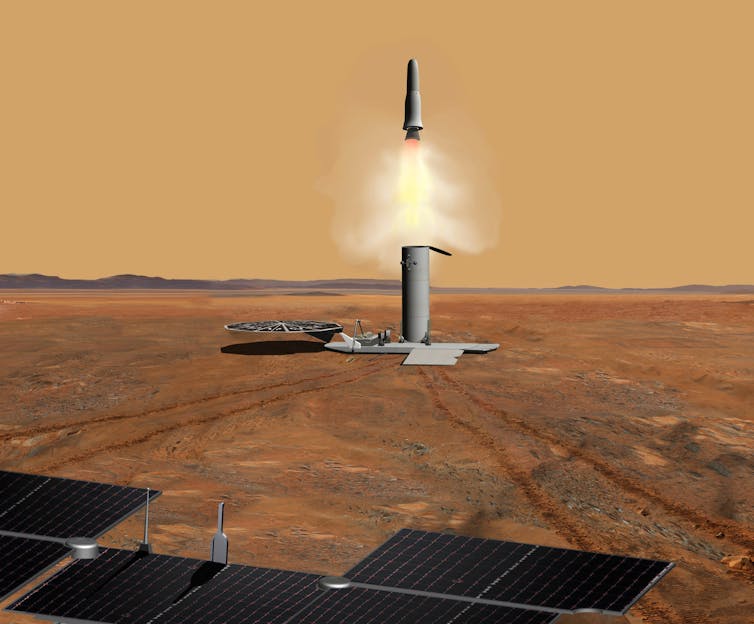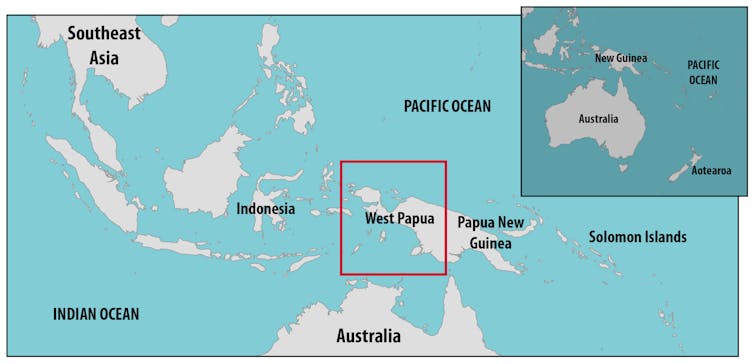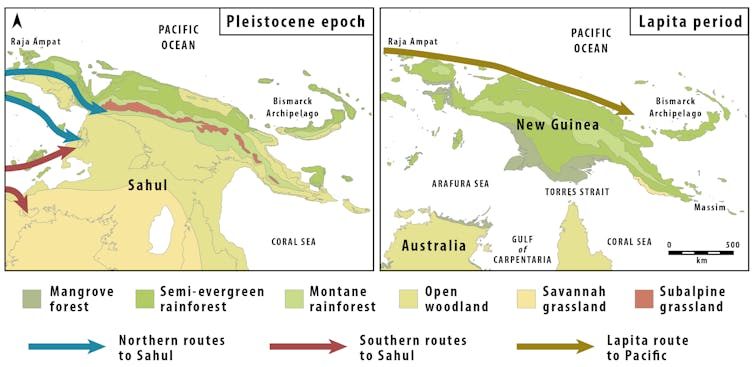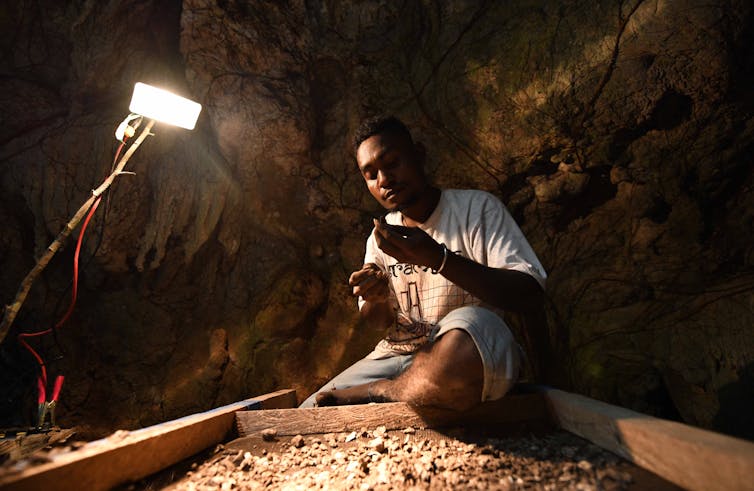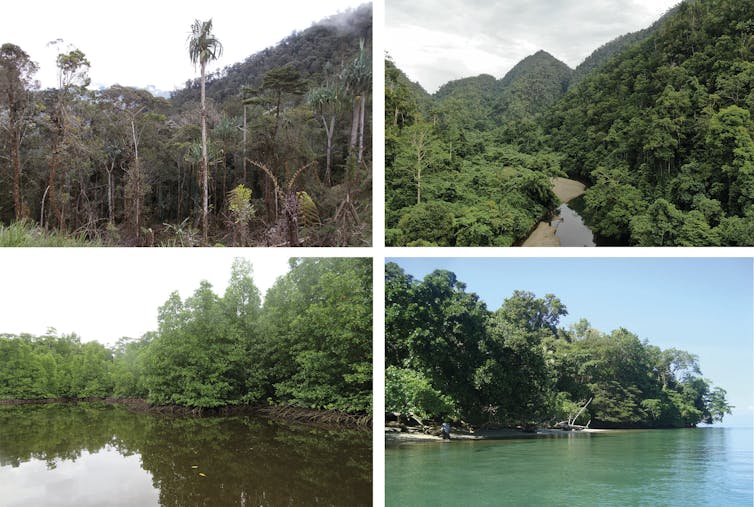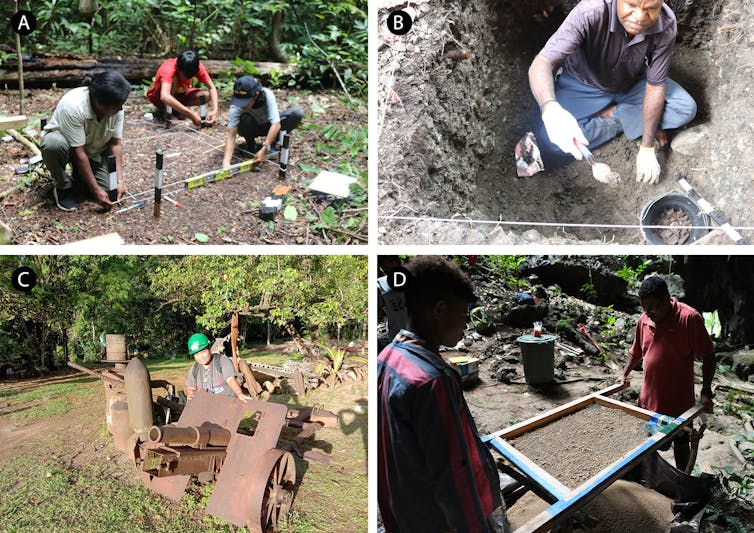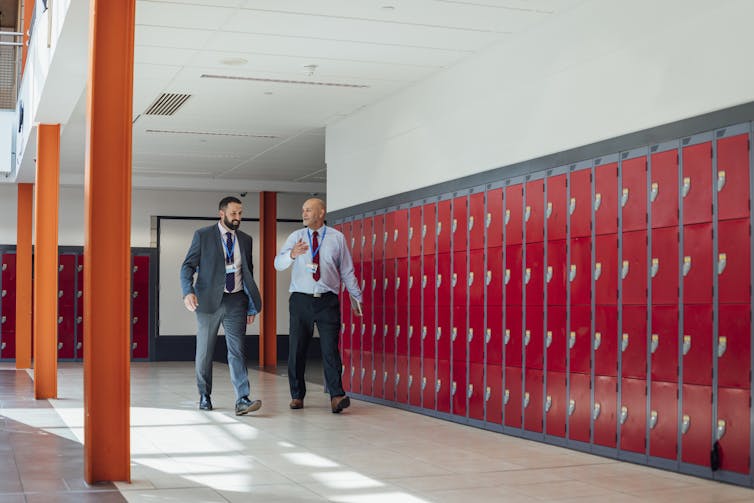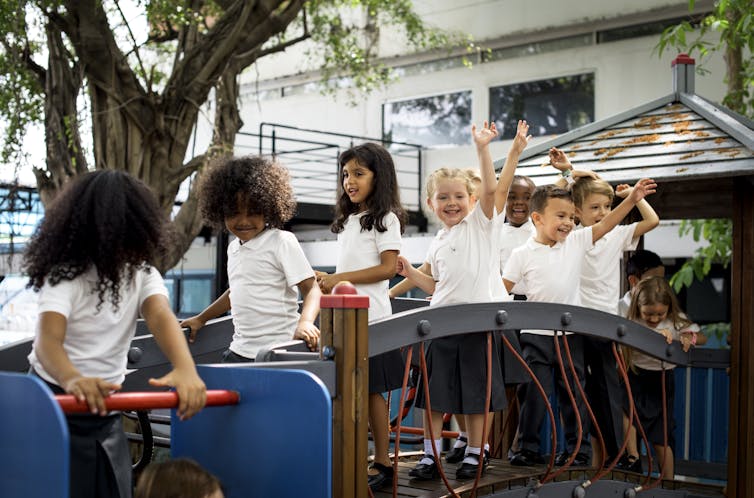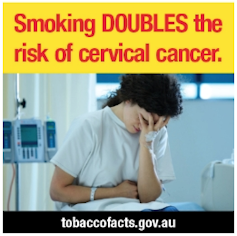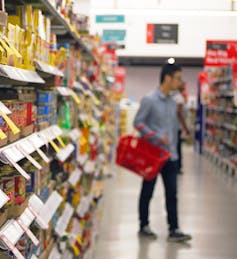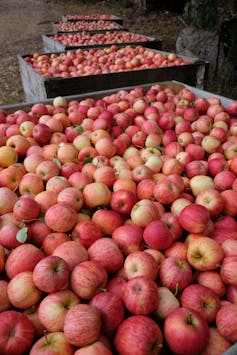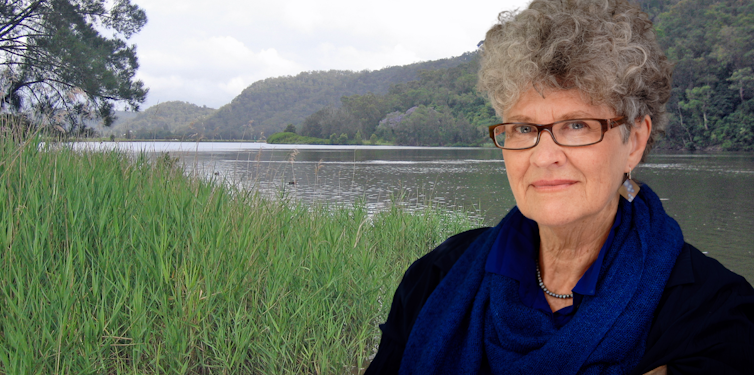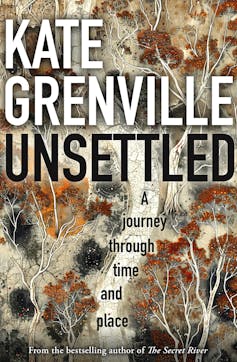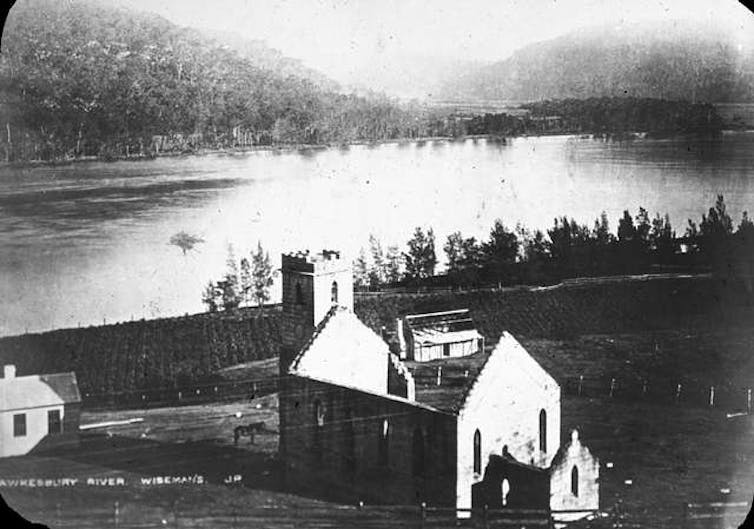
The term “lore” has, well, a whole lot of lore. Now essential online slang, the word can be traced back to Old English, where it referred primarily to learning, as in the act of teaching or being taught.
Over time, lore came to be associated with more informal knowledge, passed on through word of mouth. The term “folklore,” the “lore of the people”, was coined by the British writer William J. Thoms in 1846. As a result, lore largely slipped out of common usage. By 2024, however, it had made the shortlist for the Oxford word of the year (the title was taken by “brainrot”).
So, how did “lore” come to hold such contemporary relevance? And what does it mean today? The answer can be found, at least in part, in fandom, where “lore” is used to refer to the body of knowledge that exists around a person, fictional universe or character.
Fandom has long facilitated deep dives into media in which fans analyse, discuss and track their favourite storylines and character arcs. This has been particularly true of the science fiction and fantasy genres, due to their complex and expansive narrative universes.
No one’s 20s and 30s look the same. You might be saving for a mortgage or just struggling to pay rent. You could be swiping dating apps, or trying to understand childcare. No matter your current challenges, our Quarter Life series has articles to share in the group chat, or just to remind you that you’re not alone.
Read more from Quarter Life:
How to be happy with what you have – and avoid the trap of comparison
Six ways to holiday like an old-school travel journalist – without using the internet
‘Thornback’ keeps trending – here’s why this old-fashioned term is derogatory to young, single women
In 1969, science fiction fan and writer Bjo Trimble self-published the first edition of Star Trek Concordance. It was an unofficial reference book for the television series featuring timelines, plot summaries, character biographies and more – information that might now be described as Star Trek lore.
Since then, fans of Star Trek and countless other television shows have continued to create zines, write fan fiction, organise conventions and develop vast and ongoing archives of fan-works. Through such practices, fans develop what media expert Henry Jenkins has described as collective intelligence, as each fan contributes small parts of knowledge to a whole – or, to the lore.
Fandom has, of course, come a long way since the early days of Star Trek. Fan activities have now moved online, where their reach and visibility has significantly increased. Television has changed too, shifting towards the narrative complexity and innovation made possible, in part, by the active engagements of fandoms.
Where fandom was once a niche (and often derided) activity, in recent years fan culture has gone mainstream. From direct communication between fans and producers to the creative possibilities of transmedia storytelling (where productions circulate official content across platforms in ways that echo fan-ish expansions of narrative worlds) media is increasingly inviting audiences to participate in the investigating, cataloguing and circulating of lore.
Pop lore – from K-pop to Gaylor Swift
A powerful example of lore inspiring transmedia storytelling can be found in K-pop. Well known South Korean bands engage with their fans not only through their music, but also with “concepts” (themes that span styling, music and other media) and ever-expanding storytelling universes.
Take, for example, mega-boyband BTS’s meta narrative of the Bangtan Universe. It’s a fictional alternate universe which spans music videos, webtoons (digital comics), short films, mobile games, books and more. This kind of cross-platform storytelling encourages BTS fans to piece together the “lore” of the respective universe.
Storytelling is also central to the popularity of singer-songwriter Taylor Swift, described by Teen Vogue as “the queen of easter eggs”. These hidden messages and inter-textual references can be found in the star’s lyrics, videos, fashion, interviews and even manicures, and produce an expansive archive of Swift lore.
A subsection of Swift lore is known as Gaylor – where fans collate “evidence” that they believe shows that Swift is queer. It is, in part, an example of the expansive possibilities of fandom for queer audiences. But it also speaks to the ethical tensions of fandom and parasocial relationships, as fan-created lore can develop into invasive expectations of celebrities.
Dropping lore on TikTok
As digital media has grown to become part of our daily lives, “lore” has grown too. Today it goes beyond fictional universes and celebrities to also include everyday people and their online stories.
YouTube first invited users to “broadcast yourself” in 2005, and opportunities to do so have only expanded since then, notably with the rise of TikTok.
On TikTok, some users tell stories about their lives and experiences, or their “lore”. In these short videos, lore is “dropped” (revealed) about notable events, defining experiences, relationships (such as ex-lore) and family stories (such as dad lore).
These playful retellings remake real life through narrative conventions of heroism, romance and comic misadventure, while other videos offer ironic commentary on lore-dropping itself.
There is at once authenticity, performance and play here. Stories are, in part, ephemeral, as lore comes and goes in the fast-paced flow of digital content. Circulating via hashtags, however, stories are connected, responded to and remade, facilitating digital intimacies.
The circulation of lore is, at once, user generated and algorithmically curated. In the context of what researchers have described as the datalogical turn (where big data and adaptive algorithms become increasingly central to shaping and understanding society) and the rise of affective capitalism (in which feelings, desires and experiences are capitalised on for economic gain), personal lore also becomes valuable data to be commodified.
Lore then, is an old word with a distinctly contemporary iteration. It’s representative of the ever-expanding convergences of digital media, identity and intimacy.![]()
Kate McNicholas Smith, Lecturer in Television Theory, University of Westminster
This article is republished from The Conversation under a Creative Commons license. Read the original article.




